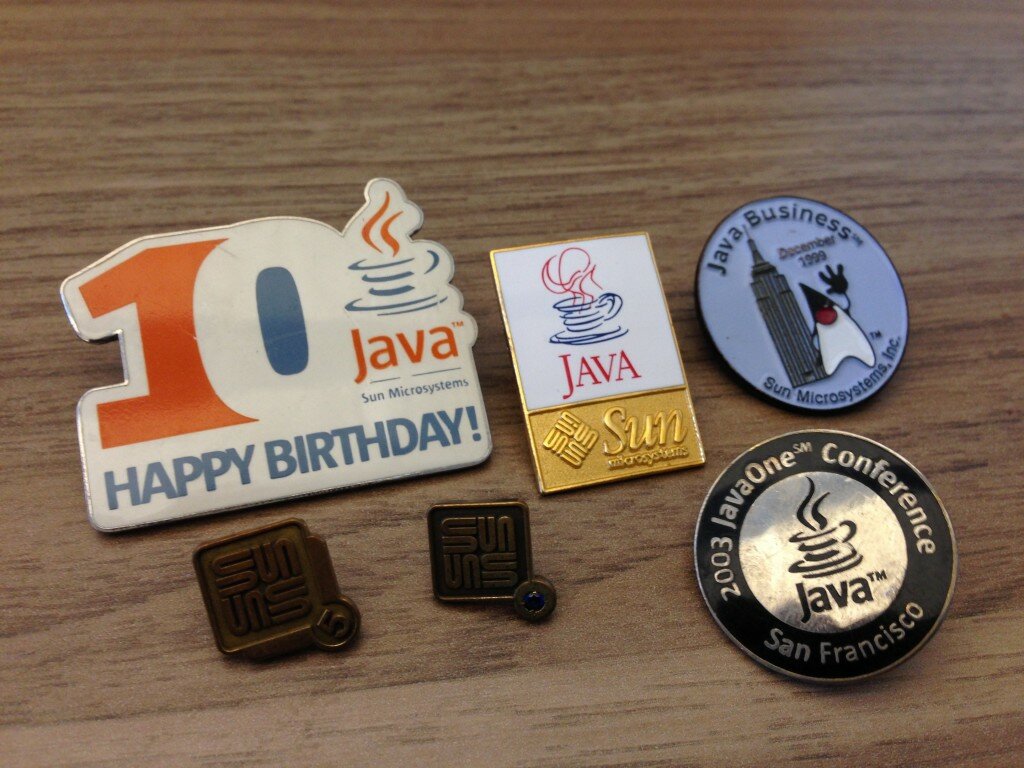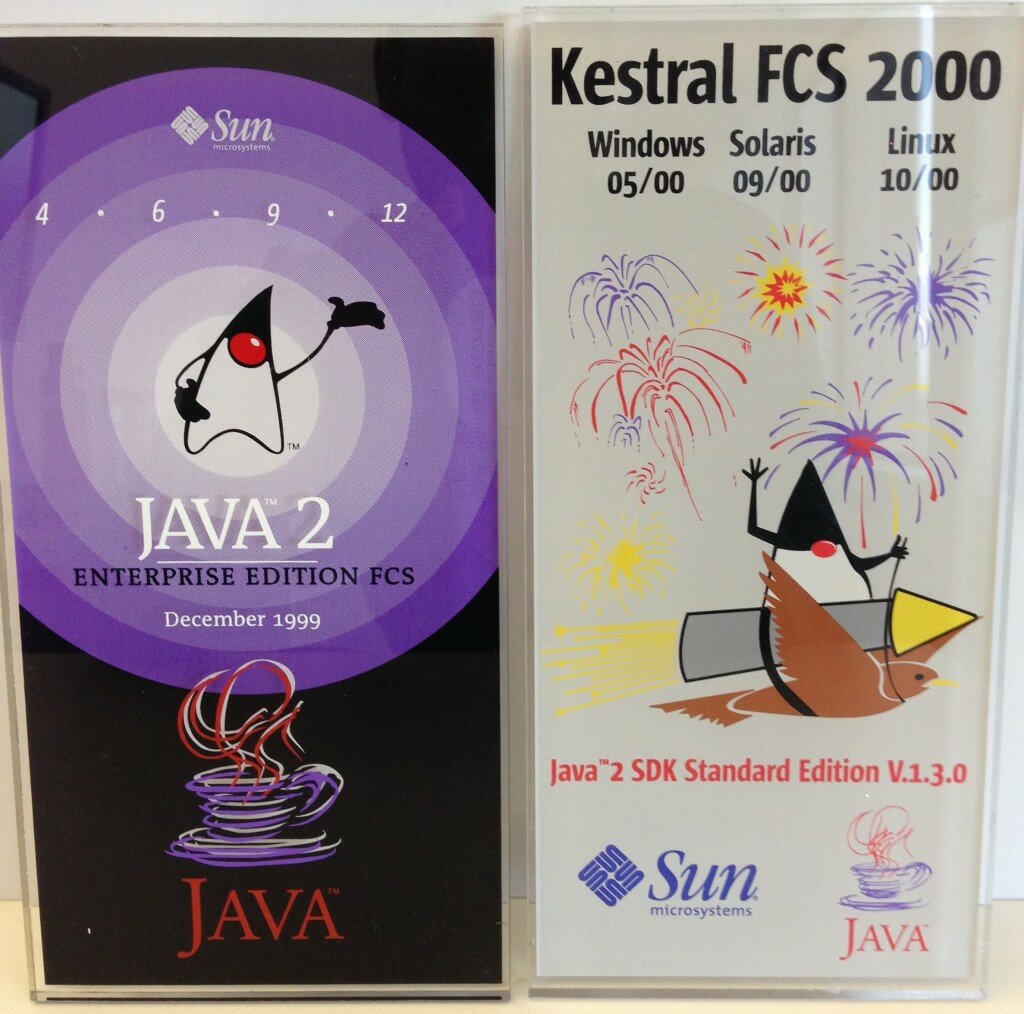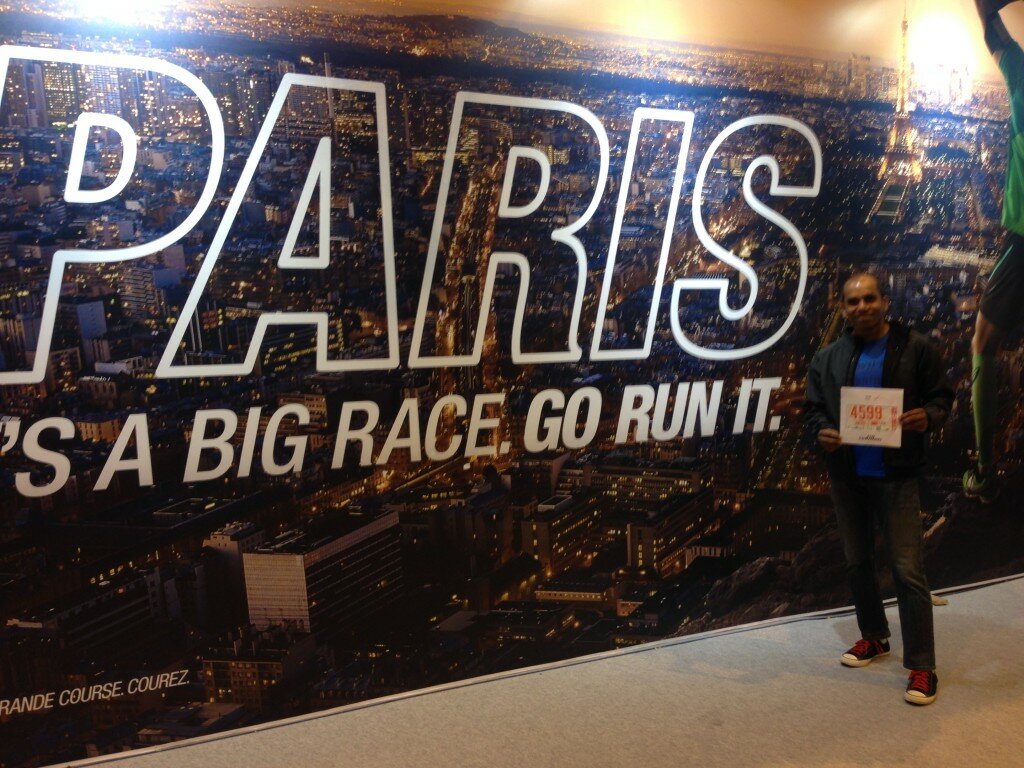May 23rd, 1995 was a momentous day in the history of technology. It does not seem the industry realized that a language released on that day would completely change the landscape of technology in the coming years. Java will be celebrating 20th birthday on the same date this year.
20 years of Java, wow!
Go back 20 years in the memory lane and think about when/how Java was invented. World Wide Web was for elites, 5 1/2″ floppy disks, dial-up modems, bulletin boards, e-commerce was just launched. There were, of course, no smart phones, Netflix, Twitter, Facebook, Uber, or any such technology. Pause for a few seconds, think about all the years in between in terms of how the language and the platform has evolved.
Embracing, rich, powerful, reliable, capable and robust are some of the words that come to mind. All of these technologies are now powered by Java!
Isn’t this LEGEN … wait for it … wait for it … wait for it … DARY (in Barney Stinson’s style 😉 This is truly legendary!
C was invented ~43 years ago, C++ ~32 years ago, Objective C ~32 years ago, and C# ~15 years ago. And which is the only language, other than C, that has stayed among the top 2 languages in Tiobe Index?
Java, of course!
And it is now the top language, once again, for April 2015.

I joined Sun Microsystems back in Mar 1999 when JDK 1.2.2 was planned. It was extremely fortunate to be part of the inaugural release of J2EE 1.2 (yeah, that’s what it used to be called back then, not any more though) in Dec 1999. And since then the world has been a very different place in enterprise Java world. So Java community is definitely close to heart!
Learn and watch some really historical artifacts from one of the nighthacking sessions:
Here are some master pieces that I’ve possessed over the years:
Enough background! 20th birthday of Java demands a celebration. So what do we do?
How to celebrate?
A trek to Mt Everest Base Camp was planned to celebrate the 20th anniversary of Java. Flight tickets were booked, trekking company was engaged, clothes and gears were purchased, and lots of other interesting conversations were happening. The goal was to reach Mt Everest Base Camp on May 23rd and celebrate the anniversary at one of the highest point in the world. However due to unforeseen and unfortunate circumstances, this trek is now cancelled. Fortunately, there was a guardian angel protecting us!
So how am I going to celebrate 20th anniversary of Java?
As an avid runner, I’d like to run twenty 10ks in 30 days of May. Each 10k will be dedicated to one year of Java. Now the distance can certainly be greater than 10k, but it has to be at least 10k.
My runs can be tracked at movescount.com/members/arungupta or on Strava:
Hopefully it will inspire some other Java community members to pick up a healthy activity during the month of May.
You don’t necessarily have to run. There are other ways to celebrate #102030:
- 20 days of 10 pushups/pullups/squats for 30 days
- 10 sets of 20 pushups for next 30 days, or 30 sets of 20 pushups for 10 days
- Donate $10 to 20 charities of your choice, or $20 to 10 charities, or $20 * 10 to 1 charity of your choice over 30 days (e.g. Devoxx4Kids)
- Write 20 tips on how Java can be used in 10 topics over 30 days
- Write 10 blogs with 20 tips over 30 days
- Take 20 minute power naps every day (suggested by @evanchooly 😉
Pick any combination of 10, 20, 30 and use #102030 to share how you are celebrating the 20th birthday month of Java 
Whats your #102030?














